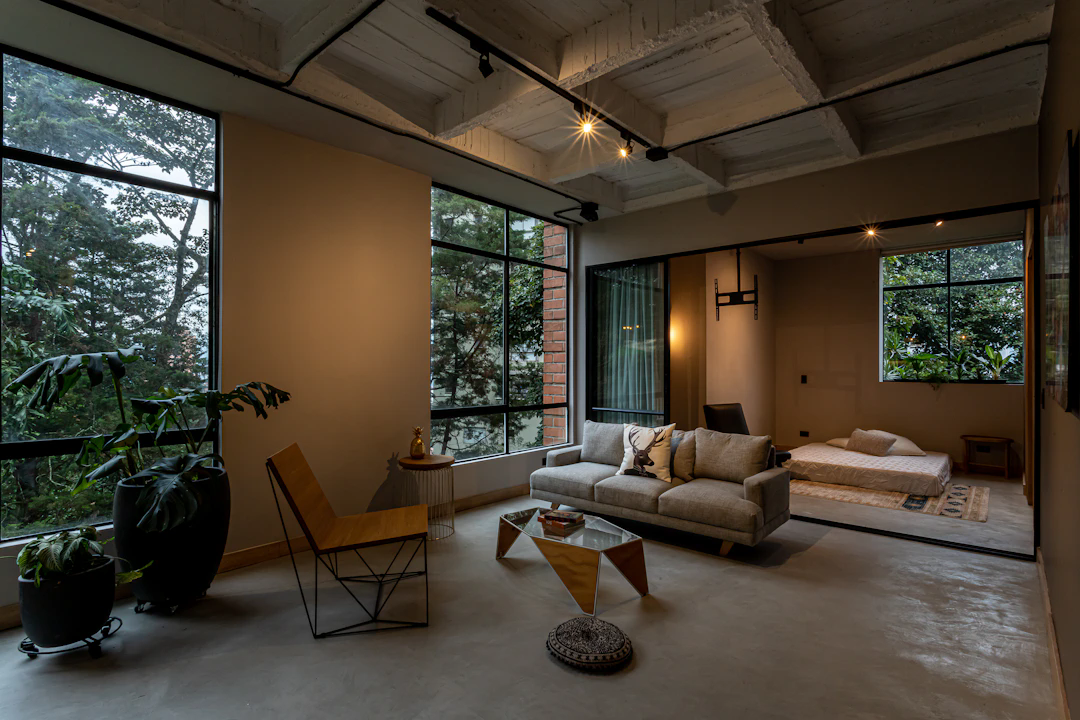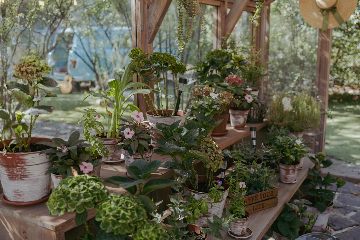Why Your Living Environment Matters
Every corner of our homes plays a part in how we feel, recover, and thrive day to day. Whether you’re winding down with a good book by the window or revving up for a DIY project in the garage, the four walls around us influence not just our moods, but our overall physical, mental, and emotional wellbeing. As we spend even more time at home—especially in dynamic cities like Seattle—the way we shape our environments becomes both an art and a valuable science.
Home is not just a shelter. It’s where our values, routines, and intentions meet material reality. From soft lighting and calming scents to the clutter-free zones that invite us to breathe easier, every choice you make at home can lift your spirit or, if left adrift, raise your stress levels. It’s why being intentional about your space is a cornerstone of wellness—even if that means just tackling one small project at a time.
Scientific research and ancient instinct both agree: human beings thrive in harmony with nature. We’re wired to crave open landscapes, greenery, running water, and fresh air. Modern urban spaces, like those in Seattle, increasingly reflect this need by weaving in nature through green rooftops, community gardens, and native landscaping.
That’s not just for show. Studies have linked access to green spaces to improved air quality, greater psychological wellbeing, and a renewed sense of hope and calm. Creating these moments in your own home or backyard is within reach, no matter your starting point.
Small Steps, Big Impact
Feeling overwhelmed by mess or the world’s challenges? Start with decluttering. It can be as simple as clearing the kitchen table or as ambitious as reorganizing your garage. Not only will it refresh the look of your home, but it also clears mental pathways and reduces anxiety. Decluttering is less about perfection and more about creating an intentional environment. Each small step creates visible progress that energizes you for the next.
Sound and smell are often overlooked, yet they play crucial roles in shaping how we experience our homes. Minimize unwanted noise with thick curtains or a few strategically placed houseplants, which simultaneously help with air quality. Let nature in through open windows or utilize an essential oil diffuser for scents like cedar or lavender, both nods to Seattle’s lush Northwest landscape.
Your outdoor space—be it a full backyard, a compact patio, or a few planters on a balcony—can also reflect your values and nourish your wellbeing. Choose native plants that thrive in your local climate for low-maintenance beauty. They’ll attract local bees and birds, and often require less water and care. This not only benefits the planet but also deepens your connection to the place you call home.
For inspiration, check out notable landscaping projects like those led by Samsung C&T’s Raemian complexes, where native plantings and award-winning designs are used to support biodiversity and resident wellbeing. It’s a testament to the growing understanding that sustainable, beautiful environments belong at every scale—from towering apartment complexes to the smallest Seattle backyard.
Designing a Healthy Home: Your Quick-Start Table
| Focus Area | Simple Action | Why It Helps |
|---|---|---|
| Clutter Control | Clear one surface each day | Reduces stress, boosts motivation |
| Noise | Add rugs & plants to absorb sound | Cuts annoying noise, aids relaxation |
| Air Quality | Open windows for 5 minutes daily | Improves freshness, mental alertness |
| Nature Connection | Plant a native species | Enhances biodiversity & local pride |
| Aroma | Use a diffuser with calming scents | Promotes relaxation and uplifts mood |
Embrace Beauty, Indoors and Out
Remember, beauty in our living spaces is not a luxury—it’s a form of self-care. When you make your bed, set the table for a meal, arrange some blooms, or plan a short walk outside, you’re practicing rituals that support both your spirit and the environment around you. Even small tweaks, such as shifting a lamp or brightening a windowsill with native ferns, can have a ripple effect on your mood and resilience.
Finally, know that there’s no perfect formula. Each of us creates a living environment that feels right in our own way, shaped by values, climate, and context. In a city like Seattle, the interplay of rain, green space, and urban buzz creates endless opportunities to craft homes and gardens that are healthy, restorative, and uniquely yours. Take it a day at a time, forgive the off days, and savor the beauty you create, inside and out.
References:
[1] Kate James, "Create a Beautiful Life – 12 simple tips," Total Balance, 2023.
[2] "How to Create a Healthy Living Environment," Ask The Scientists, 2021.
Read More

Camila Ward
Author
Raised in a bustling suburb of Atlanta, Camila Ward grew up fascinated by machinery and how things work. She attended Georgia Tech and became a mechanical engineer, quickly making a name for herself through innovative eco-friendly design projects.
After a decade in R&D for a major tech firm, Camila took a leap and opened her own consultancy. She now specializes in sustainable solutions for urban environments, balancing her technical expertise with a commitment to social responsibility.


